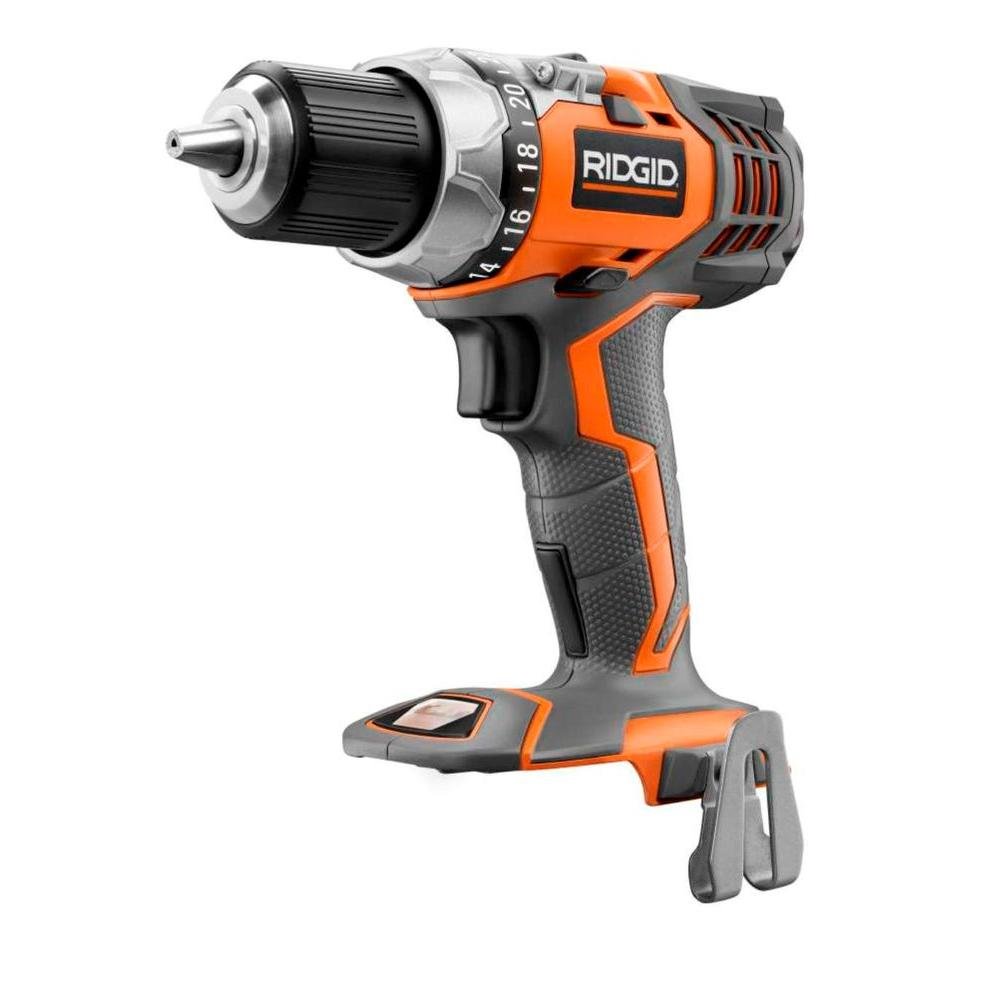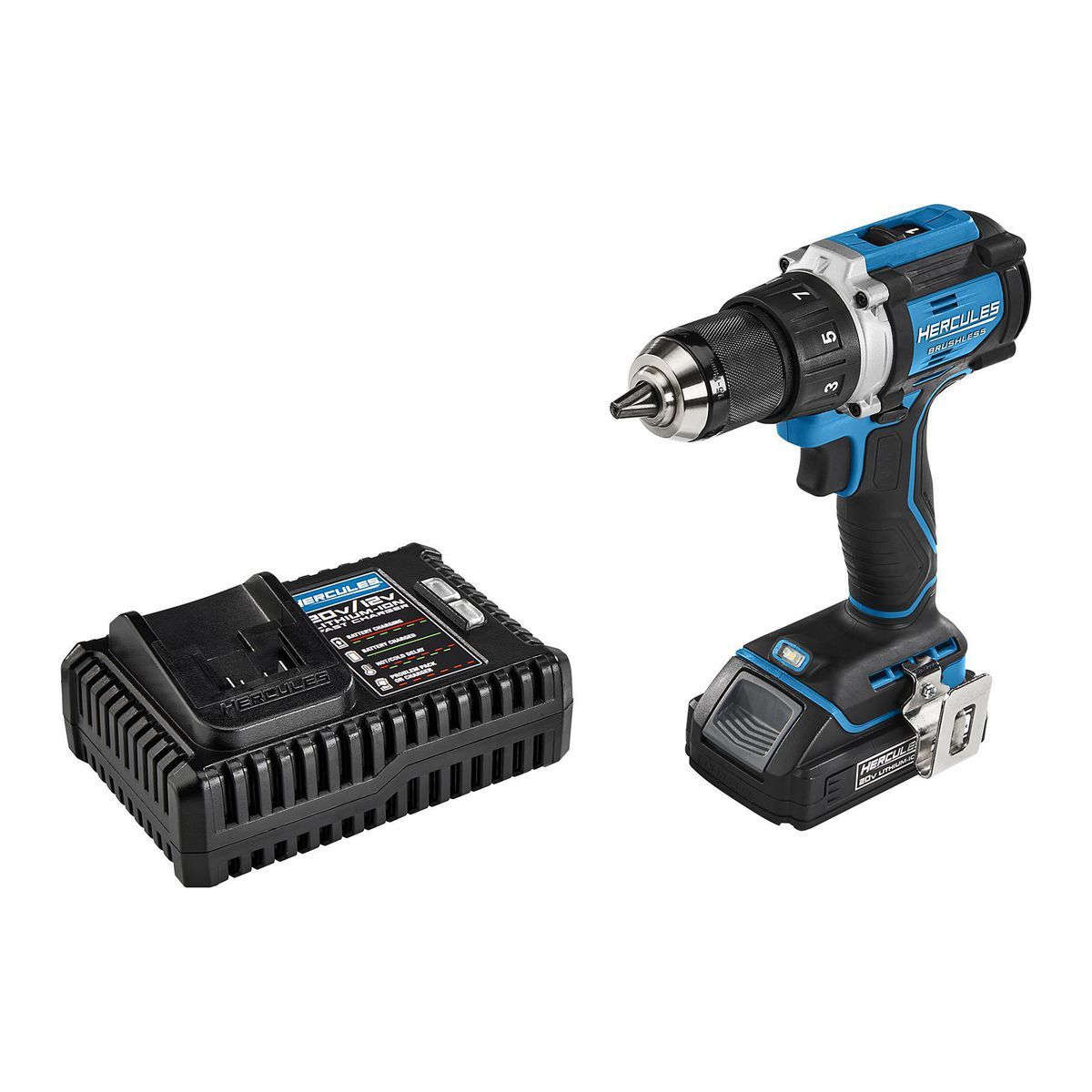
Harbor Freight Tools Origins Explained
History and Growth of Harbor Freight
From its modest beginnings to becoming a household name among tool enthusiasts, the history and growth of Harbor Freight Tools is a testament to the value and perseverance behind the brand. Here we’ll dive into the origins and scaling of this beloved retailer.
The story of Harbor Freight began in 1977 with the establishment of the Harbor Freight Salvage Company. The founders, originally operating from a small mail-order setup, capitalized on a simple but powerful idea: by sourcing tools directly from factories, they could offer customers significant savings by bypassing traditional retail markups.
This direct-from-the-manufacturer approach quickly distinguished Harbor Freight from competitors, garnering a dedicated following among budget-conscious consumers and DIY enthusiasts. The early days were marked by a steadfast focus on finding the best deals for their customers, without compromising on performance and quality.
Expansion and Ownership
The initial success led to Harbor Freight opening its first brick-and-mortar store in Lexington, Kentucky, in 1980. As word spread and demand grew, so did the number of store locations. By 1985, the company rebranded to Harbor Freight Tools, reflecting a broader commitment to providing a range of quality tools.
Ownership and management of the company remained within the founding family. By the end of the 90s, Eric Smidt, son of one of the original founders, assumed full control and became the CEO. Under his leadership, the company has continued to expand, now boasting over a thousand stores nationwide, reaffirming the brand’s commitment to accessibility and value.
Brand Evolution and Retail Growth
The transition from a mail-order service to a national chain didn’t just multiply store numbers; it cultivated a robust brand identity. Harbor Freight Tools transformed into a one-stop shop, offering an ever-expanding array of products that cater not only to professionals but to anyone needing reliable tools on a budget.
Continual refinement of product lines and the addition of exclusive in-house brands have helped Harbor Freight maintain its competitive edge. With a focus on innovation and customer satisfaction, the brand has evolved to meet diverse needs, curating a range of tools suited for both occasional home fixes and professional-grade projects.
Today, the name Harbor Freight Tools is synonymous with value and durability. Its story of growth continues as they push onwards, providing tools that promise reliability at prices that defy the mainstream market, securing a legacy as a key player in the tools retail sector.
Harbor Freight’s Business Model
As an expert in tools and retail practices, understanding the business model of Harbor Freight sheds light on how this retailer has maintained a stronghold in the hardware and tools market. Their strategy is centered around cost-effectiveness and variety, ensuring that they meet the needs of a diverse customer base while offering competitive prices.
Direct Sourcing and Customer Savings
Harbor Freight’s approach to direct sourcing is the bedrock of their business model. By cutting out middlemen, the company is able to acquire tools directly from manufacturers. This not only reduces the costs associated with traditional supply chains but also enables Harbor Freight to pass on these savings to the customer, often offering significantly lower prices than competitors. Their strategy proves irresistible to consumers who are looking for quality tools without the premium price tag.
Moreover, as the retailer grows, it benefits from economies of scale, allowing it to negotiate even better deals with manufacturers. These savings contribute to their low-cost leadership in the marketplace, a strategic advantage harbored since its foundation.
Product Range and Quality Assurance
Harbor Freight does not compromise on quality despite their lower price points. They offer a broad product range that undergoes rigorous quality assurance processes. This is crucial in maintaining customer trust, as the perception of lower prices can often be associated with inferior quality. By ensuring that their products meet specific standards, Harbor Freight reassures its clientele that while they are paying less, they are not forgoing quality or durability.
The diversity in their product offering also plays a central role in attracting different segments of customers. From the seasoned professional to the home DIY enthusiast, there is something for everyone at Harbor Freight, with their diverse brands such as ICON, Pittsburgh, Bauer, and Hercules being notable examples.
Market Position and Competitive Pricing
The competitive pricing strategy is a significant aspect of Harbor Freight’s market position. They are known for offering tools at prices that are often hard to beat, making them a leading choice for cost-conscious shoppers. This has allowed them to carve a niche in the highly competitive market of tool retailing.
Harbor Freight’s presence is reinforced by their regular discounts, coupons, and promotional deals, enhancing their appeal to shoppers. With a keen eye on consumer behavior, they adeptly align their marketing efforts to highlight the value proposition they offer – reliable tools at unbeatable prices. It is this clear focus on value for money that continues to drive Harbor Freight’s success in a crowded marketplace.
Key Brands and Offerings at Harbor Freight
For those who have shopped at Harbor Freight, the variety and affordability of their tool brands are likely familiar. Let’s explore some of the key brands and offerings that have contributed to Harbor Freight’s success and continue to attract a range of consumers, from DIY enthusiasts to professional tradespeople.
ICON and Pittsburgh Lines for Hand Tools
The ICON range represents Harbor Freight’s premium hand tools, launched in 2018 with torque wrenches and rapidly expanding to include a variety of shop essentials. Known for its quality and durability, ICON offers diagnostic tools, storage solutions, and more. With manufacturing rumored to be handled by the same company that produces tools for brands like Milwaukee. In contrast, Pittsburgh is the go-to lineup for budget-friendly hand tools. Striking a balance between cost and performance with options like the 53-piece ratchet and fastening set available at very competitive prices. Pittsburgh Pro offers a step up in quality with still affordable pricing. Making it a great choice for both new tool users. Those looking for reliable, cost-effective replacements.
Bauer and Hercules Power Tools
Bauer is synonymous with accessible power tools in a striking red and black color scheme. Their 20V cordless line includes over 65 tools, suitable for a wide array of tasks from casual to intensive projects. Designed with the DIYer in mind, Bauer offers great value with a straightforward emphasis on saving money for home users. Hercules, on the other hand, offers a more professional-grade array of power tools with enhanced performance features like brushless technology. Providing both longevity and efficiency. Both brands have carved out their own niches. Delivering a strong balance between cost and capability that Harbor Freight customers appreciate.
Specialized Brands: Haul-Master, Union Safe Company, and Predator
Among Harbor Freight’s specialized brands. Haul-Master focuses on material handling, including trailers and cargo equipment ideal for those moving heavy loads. The Union Safe Company offers a range of safes, from gun safes to fireproof units, providing affordable security solutions. Predator, known for power generation, offers tools like generators and pressure washers that combine functionality and cost-effectiveness.
Diversity of Products: Central Forge and Daytona Automotive Tools
Central Forge caters to the woodworking and metal crafting enthusiasts with essential tools such as chisels and anvils. For automotive professionals and aficionados, Daytona is the Harbor Freight brand dedicated to workshop needs, offering robust and highly reviewed items like engine stands and hydraulic body repair kits. Across these diverse ranges, Harbor Freight demonstrates its dedication to covering a wide spectrum of tool necessities, providing choices for various specialized applications and projects, all while maintaining their commitment to affordability.
Conclusion: The Mystery Behind Harbor Freight Tools
Harbor Freight Tools sources its products from various manufacturers, primarily in China and Taiwan. The company does not produce the tools itself but acts as a retailer. Harbor Freight collaborates with overseas factories to create products under its own brand names. These include popular lines such as Pittsburgh, Chicago Electric, and Bauer. The company maintains strict quality control measures to ensure product reliability and safety. Harbor Freight’s business model allows it to offer tools at competitive prices.
This sourcing strategy enables Harbor Freight to provide affordable tools to DIY enthusiasts and professionals. Consumers benefit from access to a wide range of tools at budget-friendly prices. Harbor Freight’s approach makes various tools accessible to those who might otherwise find them unaffordable. The company’s warranty and return policies offer additional value to customers. Harbor Freight continues to expand its product line and improve quality over time.
Understanding Harbor Freight’s manufacturing process helps consumers make informed purchasing decisions. The company’s unique approach bridges the gap between affordability and functionality in the tool market. While not producing tools directly, Harbor Freight plays a crucial role in tool accessibility. Consumers should weigh the benefits of lower prices against potential quality differences. Harbor Freight’s success demonstrates the demand for affordable tools in the market. As the company evolves, it may continue to refine its sourcing and quality control processes.





